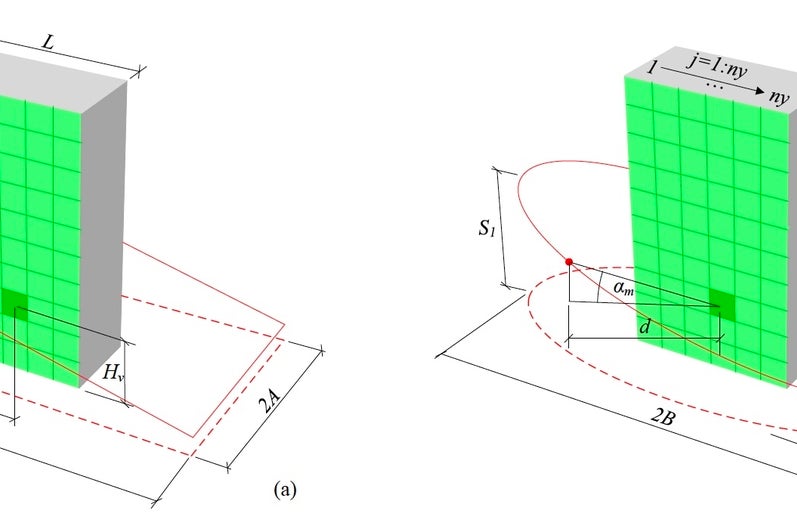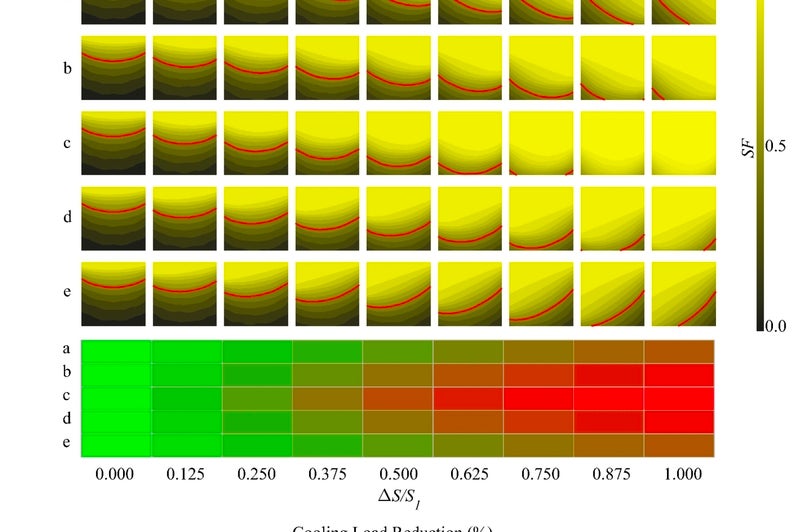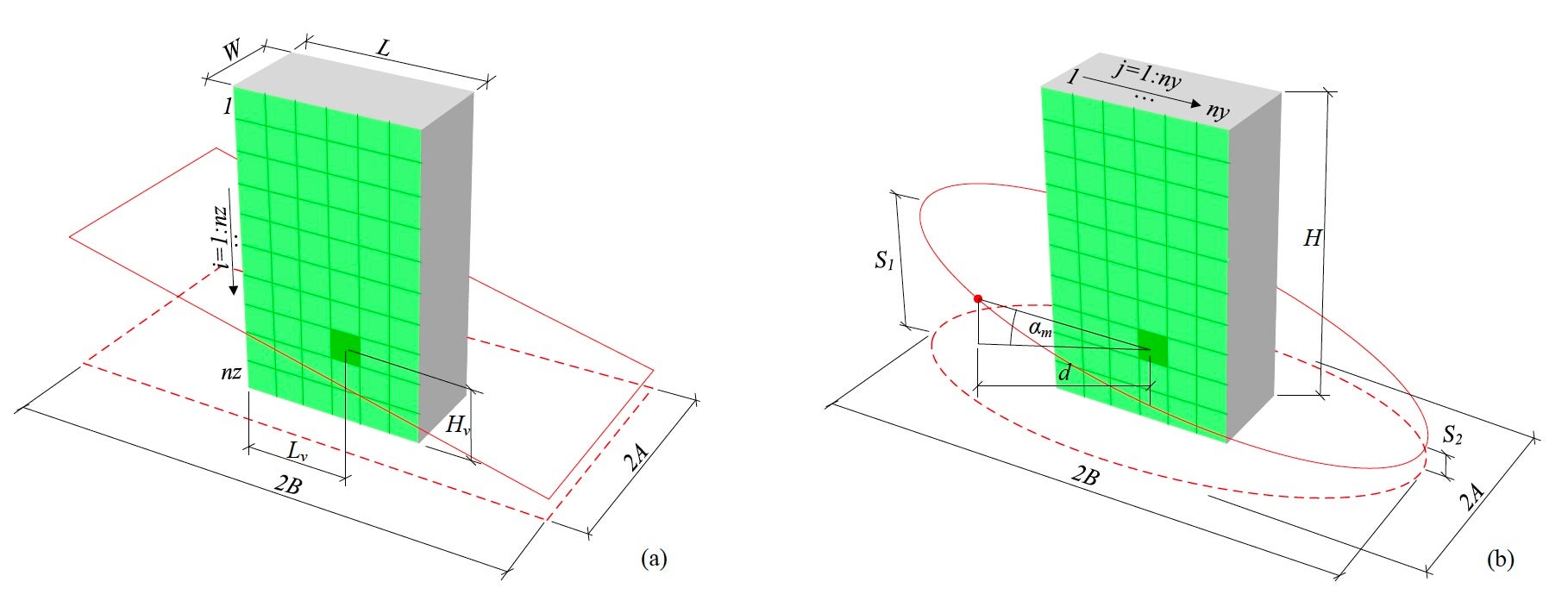To develop a new trigonometric model for investigating holistic radiation on building façades with various urban configurations
Energy & Environment
Natural Sciences and Engineering Research Council of Canada (NSERC)Description
Solar energy utilizations in buildings are contingent on efficient shading models. This project presents new trigonometric models that were simple in application and robust in handling diverse site environments. The developed model was experimentally validated and compared to existing shading techniques such as pixel counting and polygon clipping. Additional analyses were performed to examine building façades ranging from flat to free-form surfaces in both linear and non-linear urban forms. On annual basis, elliptical urban grids provided less normal beam radiation by a mean of 4.7% or 22.8 W/m2 than the linear grids tangent to the curvilinear ones. South-facing façades gained more radiation by a factor ranging from 1.26 to 1.55 due to wider street grid conditions. Shade-less protrusions of the free-form façades allowed the incidence factor to reach up to 0.91 compared to 0.35 in flat façades.













